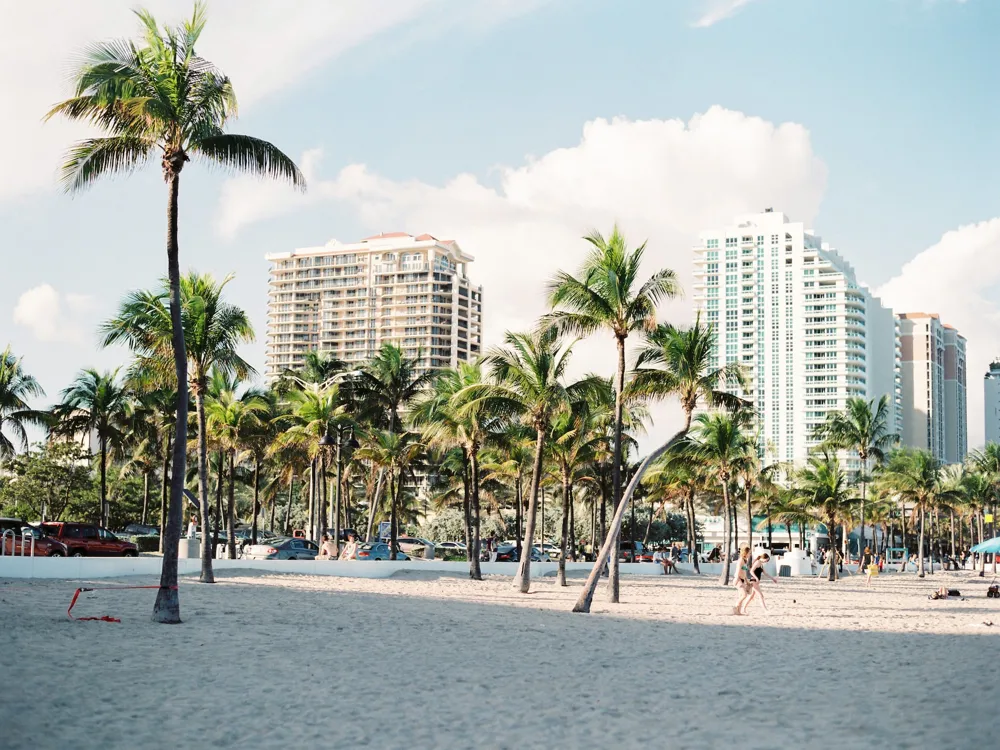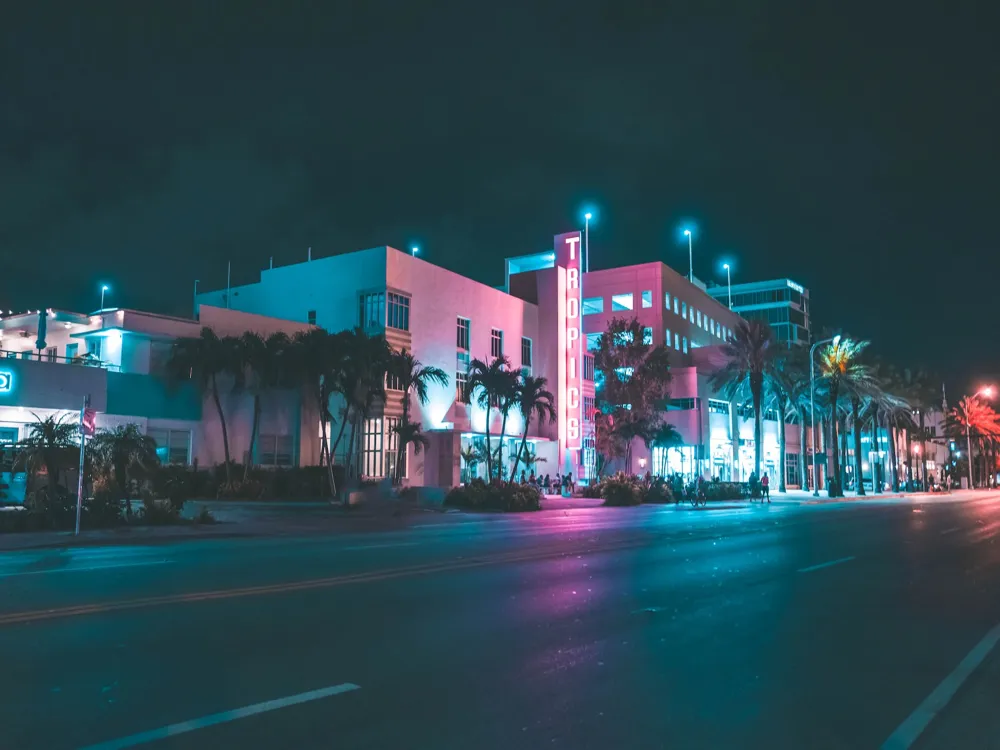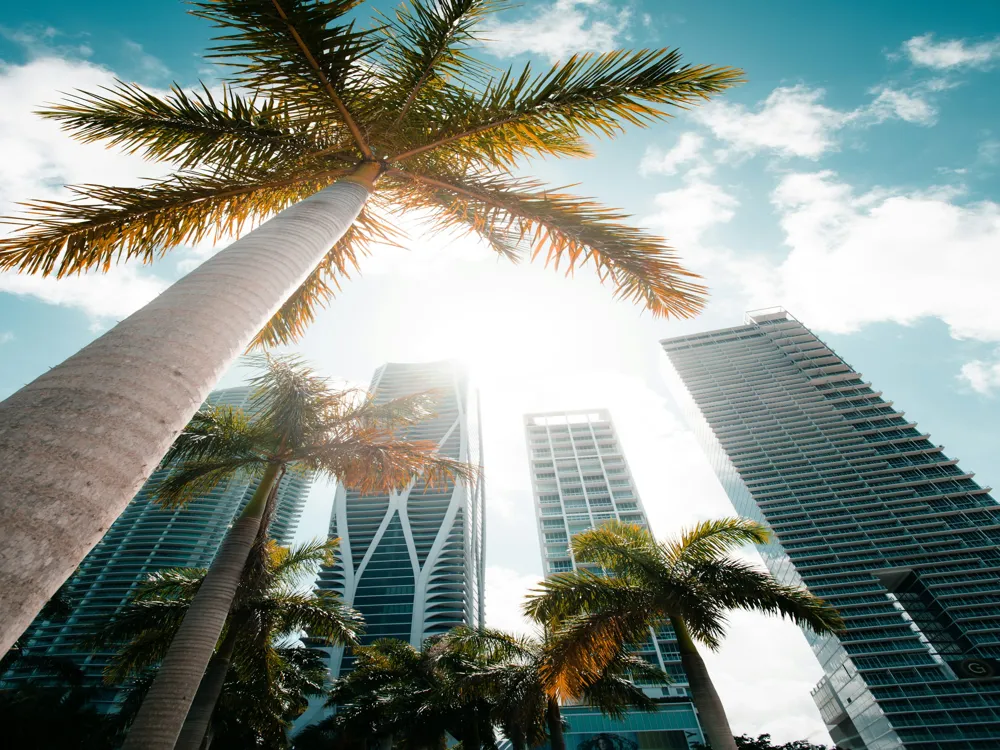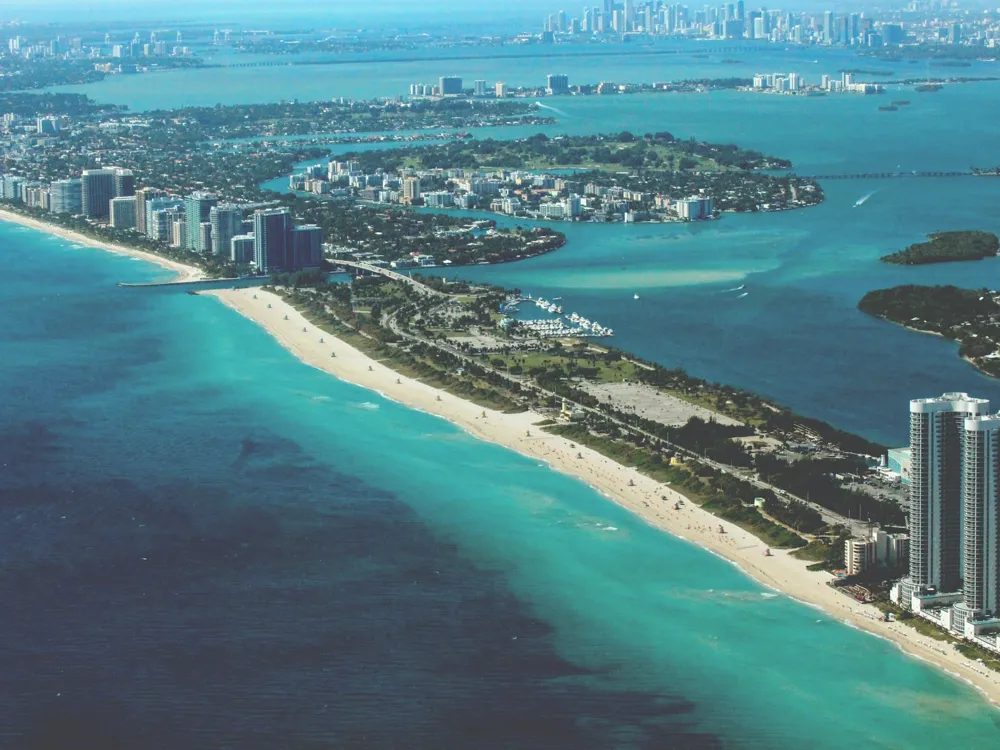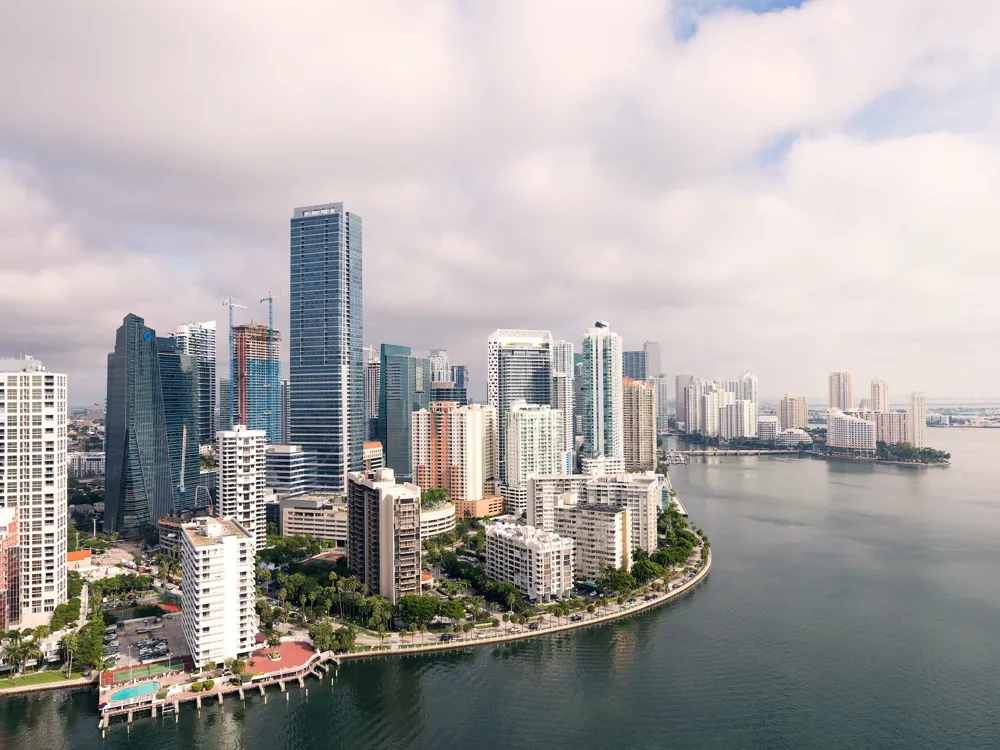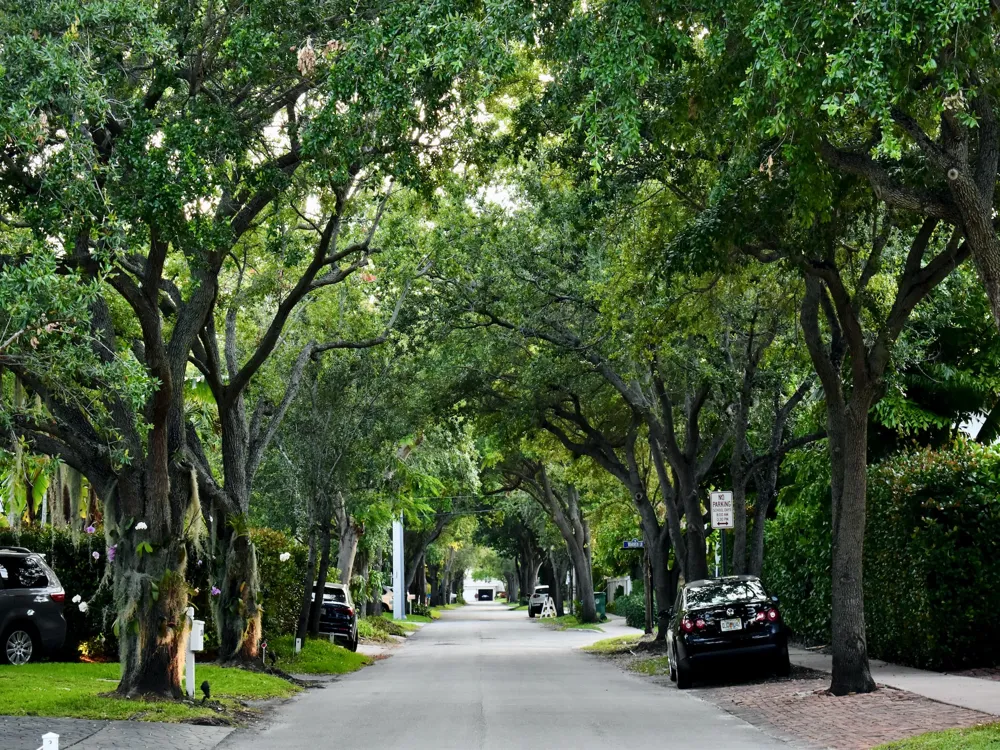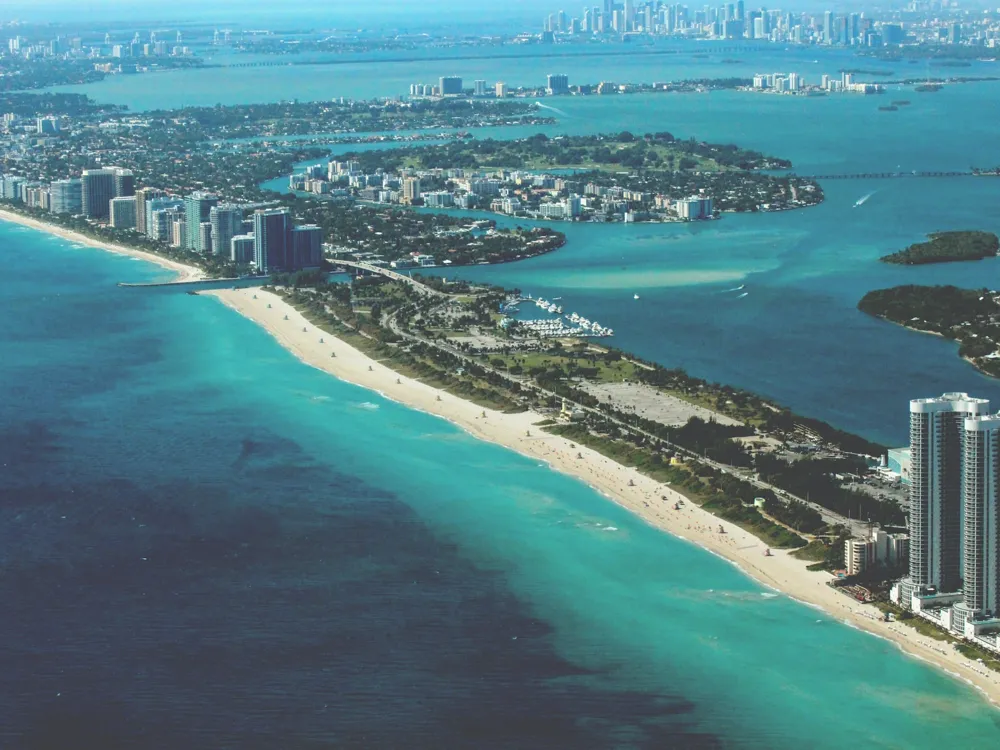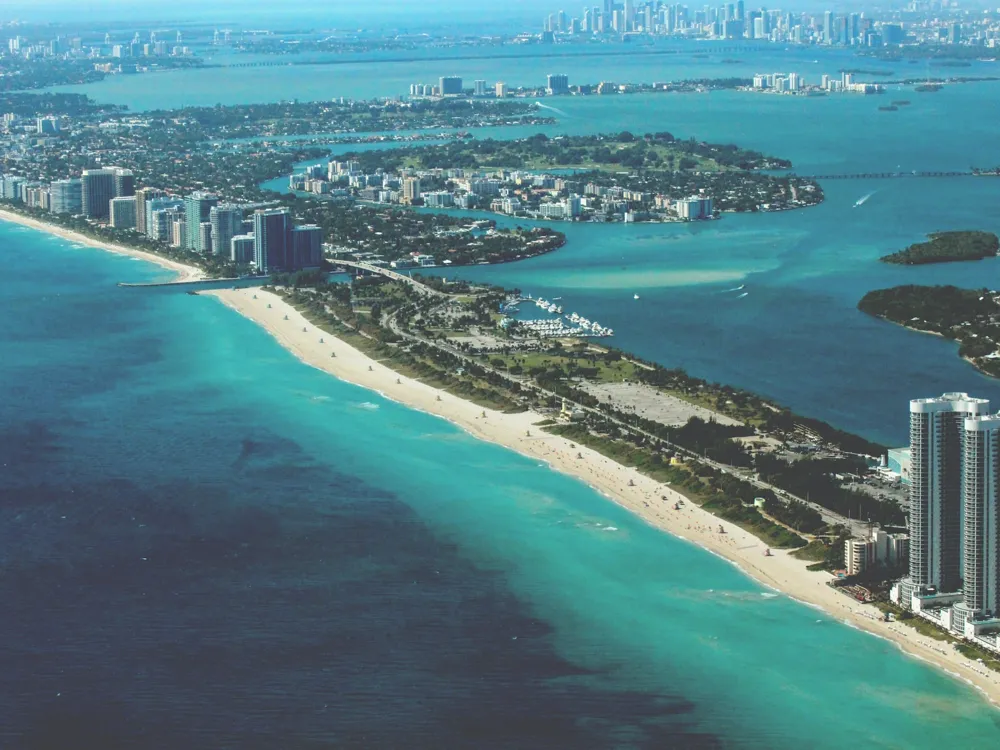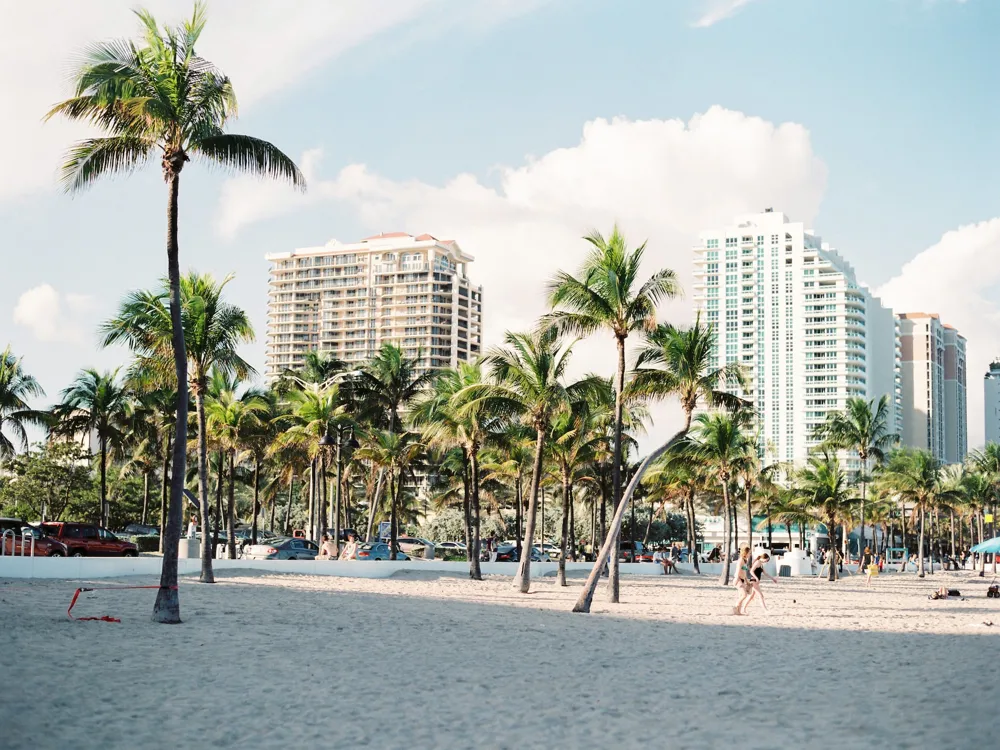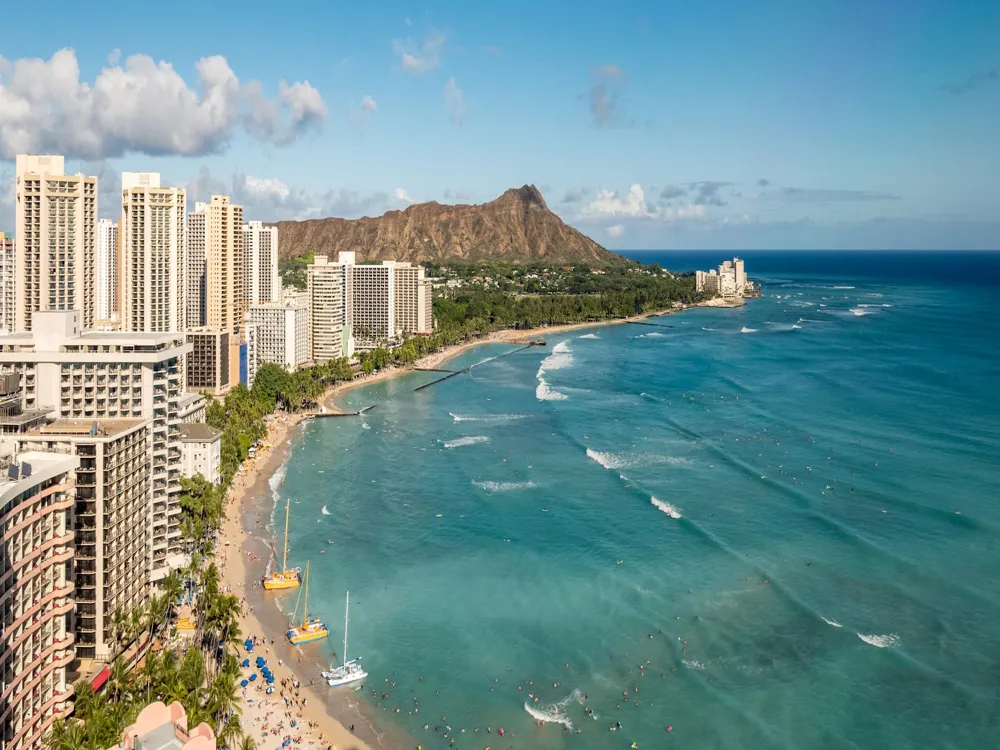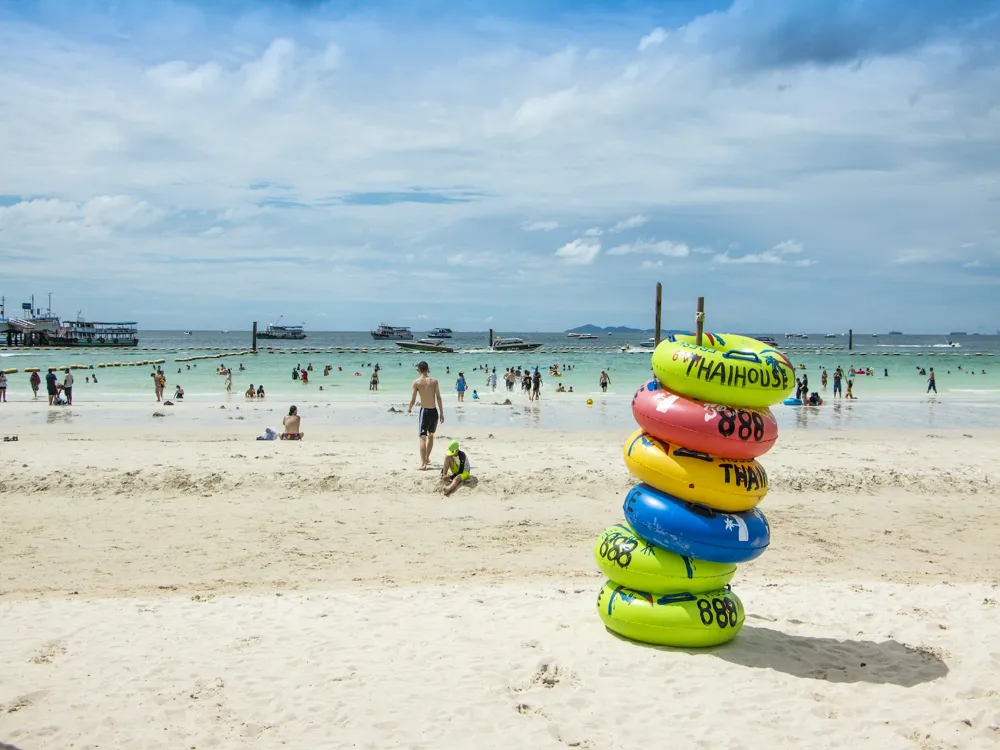Best Time to Visit Miami
Florida United States
6 out of 321 Places to visit in United StatesNaN onwards View Packages
Get Customized PackagesThe Land of Diversity
Top Hotel Collections

Private Pool

Luxury Hotels

5-Star Hotels

Pet Friendly
What is the Best Time to Visit Miami?
When it comes to planning the perfect getaway to the vibrant city of Miami, timing is everything. The Magic City, known for its diverse culture, stunning beaches, and lively nightlife, offers a range of experiences throughout the year. To ensure you make the most of your visit, let's delve into the nuances of the best times to travel to Miami.The best time to visit Miami is between March and May. During these months, you will be able to enjoy diurnal temperatures in the 70s for non-peak rates while the rest of the country is still defrosting. The year-round tropical climate and partying ways near Miami Beach mean excursionists—lots of excursionists—from northern countries, South America, Europe, Asia, anywhere, and far and wide time-round. And when there are special events, the megacity indeed sees more callers and advanced hostel rates. For a stylish chance of scoring deals, book around megacity-wide events or during the scorching summer months. The most stylish time to visit Miami is during the spring months of March and May. The vacation season is over, an affable spring has arrived, and the temperature is anywhere between 21 and 26 degrees. Miami, Florida, has warm rainfall all the time and gets a fair share of rain from June to November. August is the hottest month, where the temperature soars up to 37 degrees Celsius, combined with a good deal of moisture. April and November are the dry months with the least downfall and the greatest rainfall. June has torrential cloudbursts, which can be due to the good Caribbean rainfall. September – November is said to be the hurricane season, and visiting during this time can be a little tricky. But the strands are least crowded, there's heat and moisture in the summer, and hospices are available at a great deal.
More about Best Time to Travel to Miami
Travel Peak Season in Miami
Miami's peak season, typically spanning from December to April, is a magnet for sun-seekers and culture enthusiasts alike. The weather during these months is a delightful symphony of mild temperatures and clear skies, making it ideal for outdoor activities. However, be prepared for higher accommodation rates and bustling crowds, as Miami is in full swing, hosting various events and festivals.The peak sightseer season in Miami generally occurs during the downtime months, from December to April. This period attracts callers seeking warm rainfall, vibrant escapism, and a variety of out-of-door conditioning. By visiting Miami during the peak season, you can take advantage of the megacity's vibrant atmosphere, out-of-door lodestones , and artistic events. Whether you are interested in sand relaxation, escapism, or art and culture, Miami offers a different range of experiences during this time.
Travel Offseason in Miami
For those seeking a more laid-back experience, the offseason, from May to November, unveils a different side of Miami. While this period coincides with hurricane season, don't let that deter you. The savvy traveller can enjoy significantly lower prices on accommodations and fewer tourists, providing a more intimate encounter with the city's charm.The offseason in Miami generally occurs during the summer months, from June to August. While these months may bring warmer temperatures and an advanced chance of rain, visiting Miami during the offseason has its own advantages. While the offseason in Miami comes with warmer temperatures and the possibility of rain, it also offers a more laid-back atmosphere, lower prices, and the chance to explore the megacity with smaller excursionists. With a blend of inner and out-of-door conditioning, you can make the most of your visit to Miami during the offseason.
Miami Travel Packages
View All Packages For Miami
Miami in Shoulder Season
Shoulder seasons, namely late spring (May and June) and early fall (September and October), offer a sweet spot between the extremes. During these periods, you can relish the pleasant weather without the peak-season crowds, making it an excellent time for a more relaxed Miami experience.
Miami in Hot Season
The summer months of July and August usher in Miami's hot season. While temperatures soar, so do the opportunities for budget-friendly travel. Embrace the sizzling energy of the city's nightlife, hit the beaches with fewer crowds, and enjoy the lively atmosphere that defines Miami in the summer.
Miami in the rainy season
Miami's rainy season, extending from June to September, might deter some travellers, but it's not without its perks. Brief afternoon showers are a common occurrence, refreshing the city and providing relief from the heat. Plus, you'll likely find better deals during this period.
Miami in Cool Season
Lastly, the cool season in November brings relief from the summer heat, creating a comfortable atmosphere for exploration. It's an excellent time to visit if you prefer milder temperatures and a more serene ambiance.
In conclusion, choosing the best time to visit Miami depends on your preferences and priorities. Whether you're drawn to the vibrant energy of peak season or prefer the tranquilly of the offseason, Miami has something to offer year-round.
Places To Visit In Miami
Nearby Places Miami
Miami Photos
View All Photos For MiamiBrowse Package Collections
Browse Hotel Collections
Faq
Q: What is the best time of year to visit Miami?
A: The ideal time to visit Miami is during the winter months, from December to February, when the weather is pleasantly warm and dry.
Q: Is summer a good time to visit Miami?
A: While summer (June to August) is popular, be prepared for high temperatures and occasional rain. If you enjoy vibrant nightlife and water activities, summer might still be appealing.
Q: What are the busiest months in Miami?
A: Miami tends to be busiest during the winter months (December to February) due to pleasant weather and events. Spring break weeks in March can also bring a surge in visitors.
Q: Are there specific events that influence the best time to visit?
A: Yes, major events like Art Basel (December) and the Miami International Boat Show (February) attract crowds. Check the event calendar and plan accordingly if you want to attend specific happenings.
Q: How is the hurricane season affecting the best time to visit?
A: Hurricane season in Miami runs from June to November. While the city has excellent infrastructure to handle storms, it's advisable to avoid the peak of the season (August to October) to minimize the risk of disruptions.

